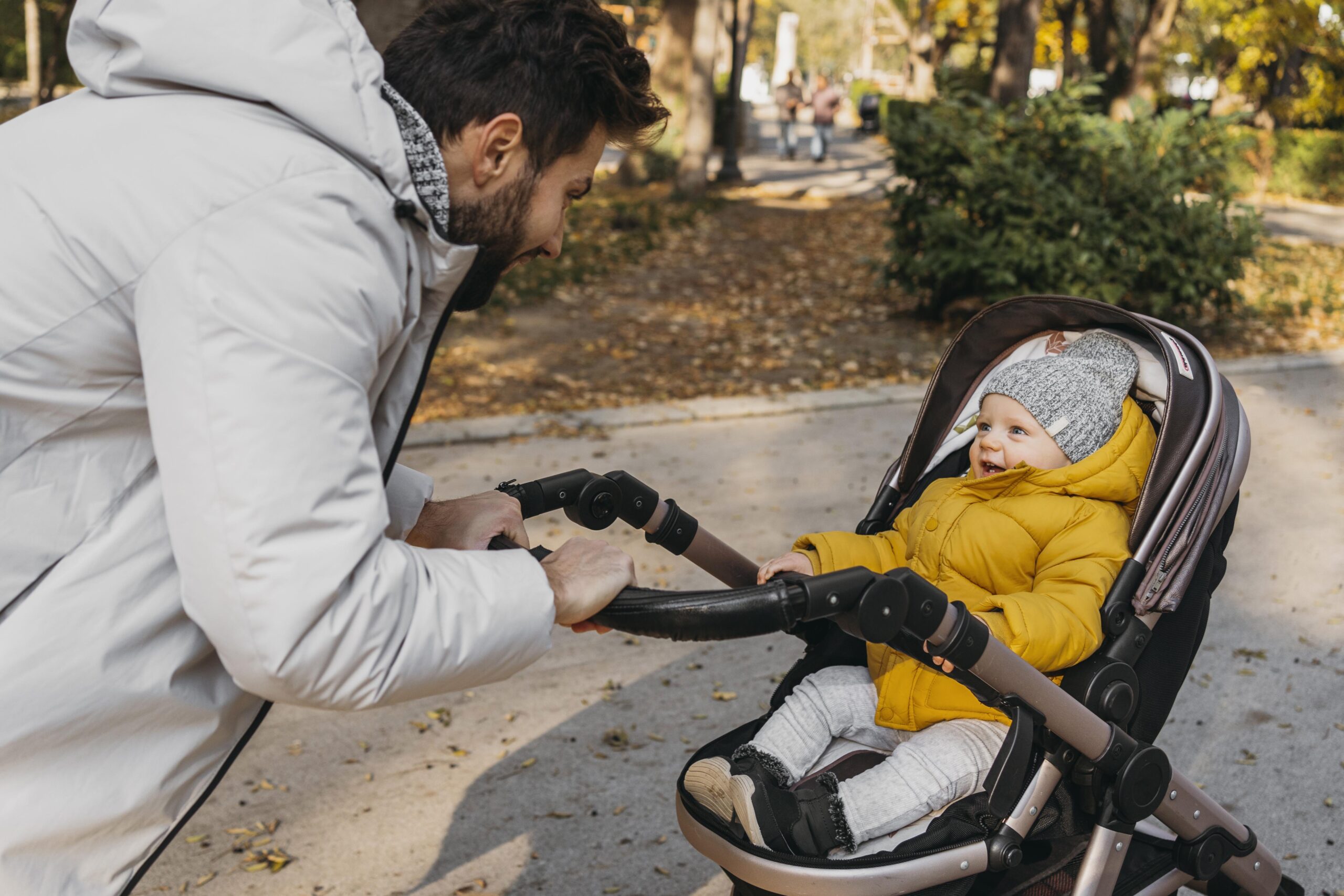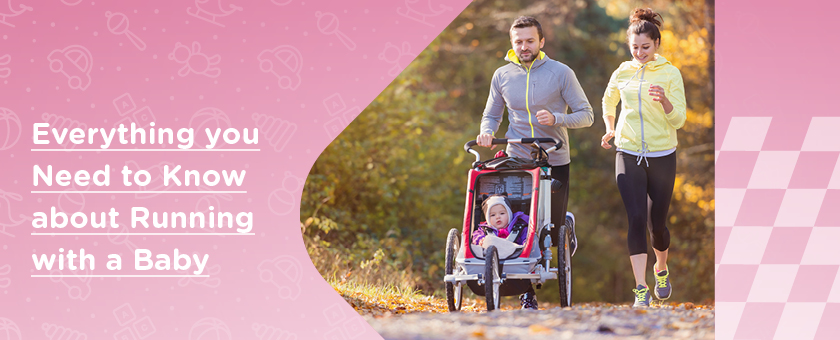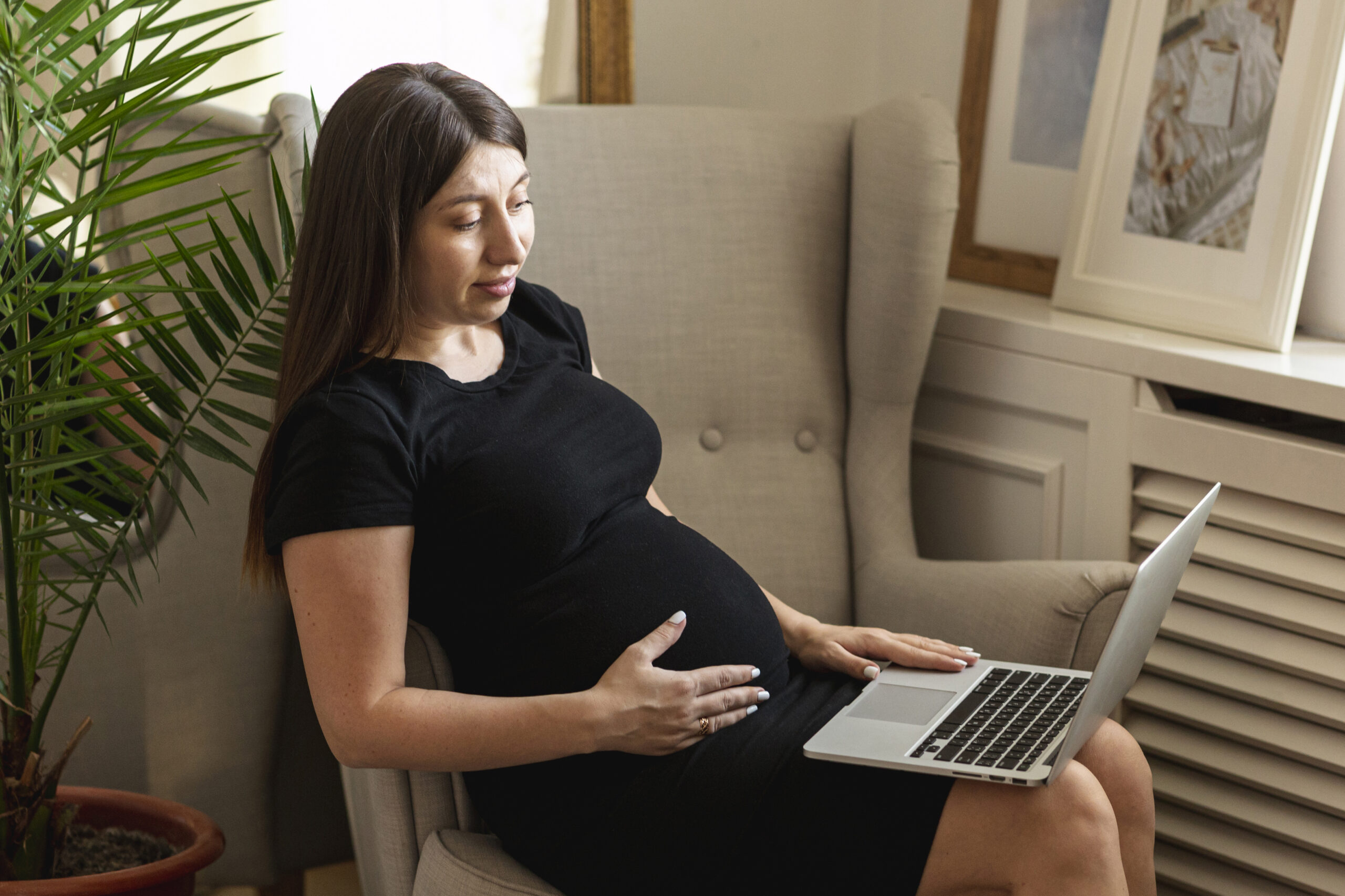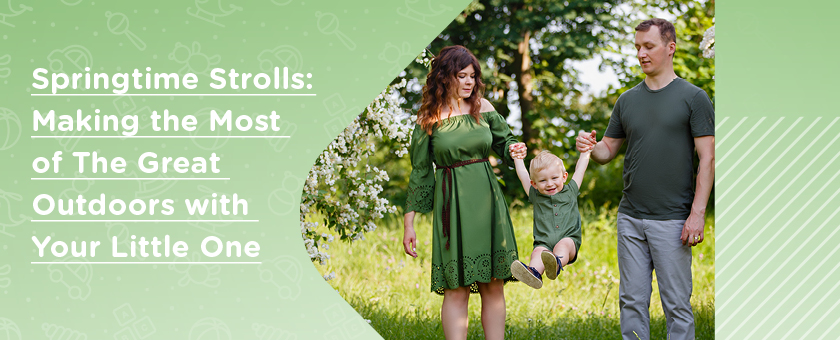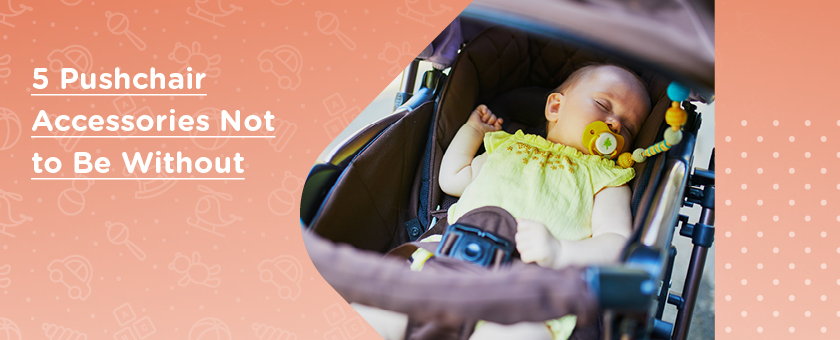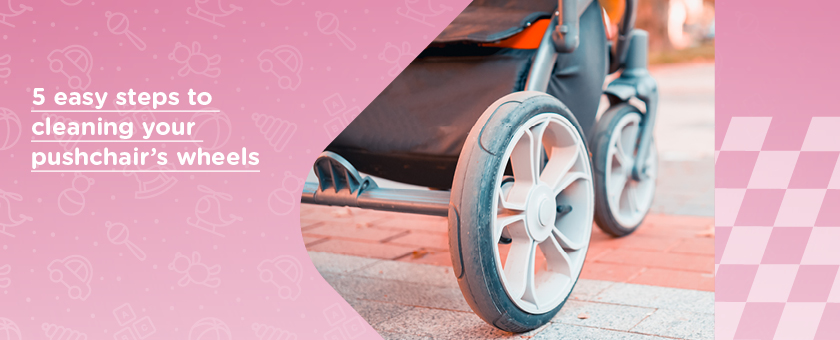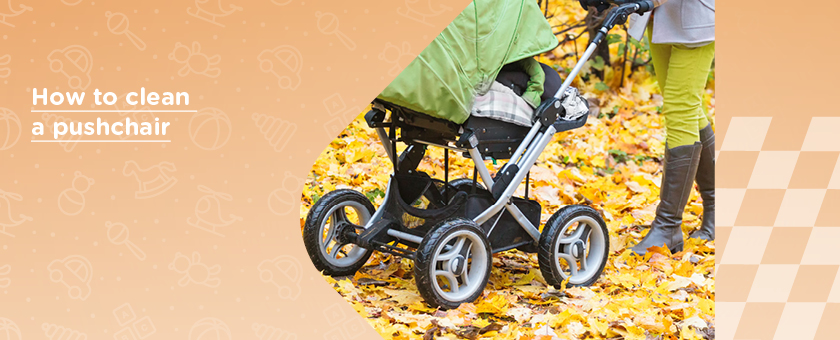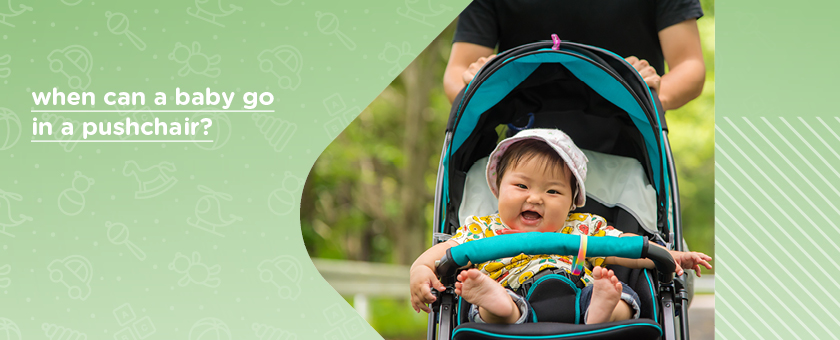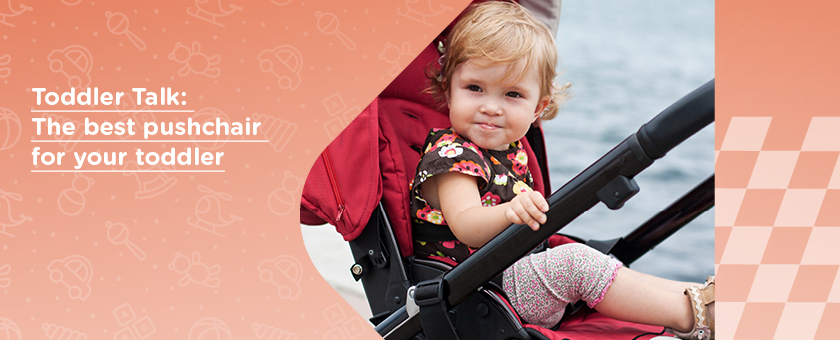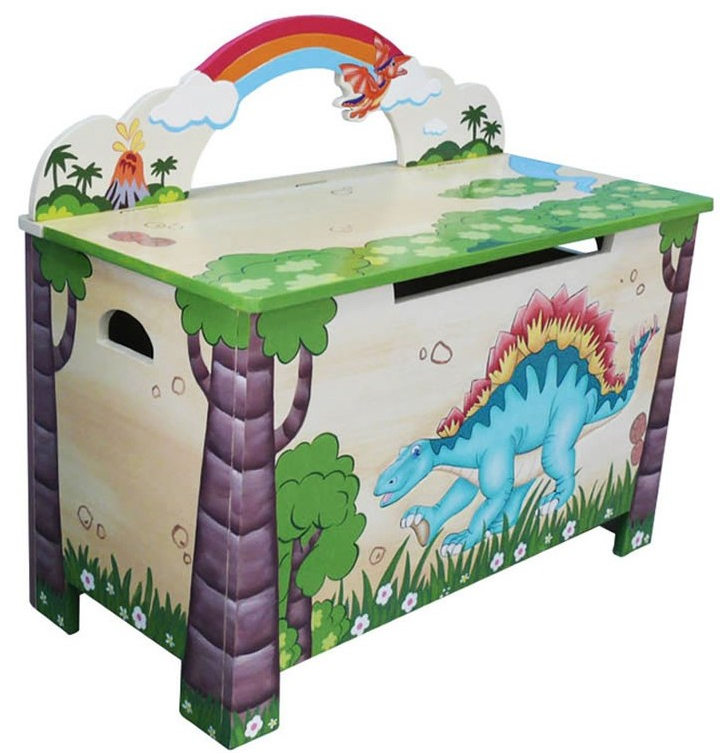Looking after your little one is both a responsibility and pleasure. Before you strap them into their pushchair, there are some safety tips to be aware of. These will not only ensure they’re secure in their ride, but super comfy too. Whilst it may sound daunting, there’s no need to worry! We’re here to offer relief, advising you on all the pushchair dos and don’ts. Being prepared never hurt anyone, right?
When to move baby from pram to pushchair?
Pushchairs allow your tot to sit upright, face-forward, which means lots more loving eye-contact! So, it’s advised to wait until they can sit up by themselves before transitioning from pram to pushchair. Generally, around six months onwards is when babies neck and head muscles, have developed enough for them to sit upright.
What should I consider when wanting to buy a pushchair?
There’s something for everyone’s budget – without having to sacrifice all the good stuff! It’s important to remember – a more expensive carrier, doesn’t necessarily mean it’s better. Whilst every parent wants the prettiest pushchair out there, functionality is the most important element. When deciding, you need to think about your lifestyle. Do you drive a lot? Do you shop often? Are walks a routine part of your day? If so, is where you’re walking muddy or bumpy? These are the questions you should be asking, as they will play a huge part in your decision. When looking at pushchairs for your little one think about:
- Your needs
If you’re out and about running errands a lot, you’ll need a sturdy pushchair to tackle those gravelly sidewalks. Maybe you’re an avid runner and want to exercise with your munchkin for that all-important bonding time. In this case, a jogging pushchair would be ideal. Or are you a mum on the go? Go for a collapsible pushchair that’s easy to pop in the boot of your car. - Your family
If you’ve got an older child, twins, or you’re planning on having more little ones in the future, it may be best to opt for a double pushchair. This way you’ll have double the fun!
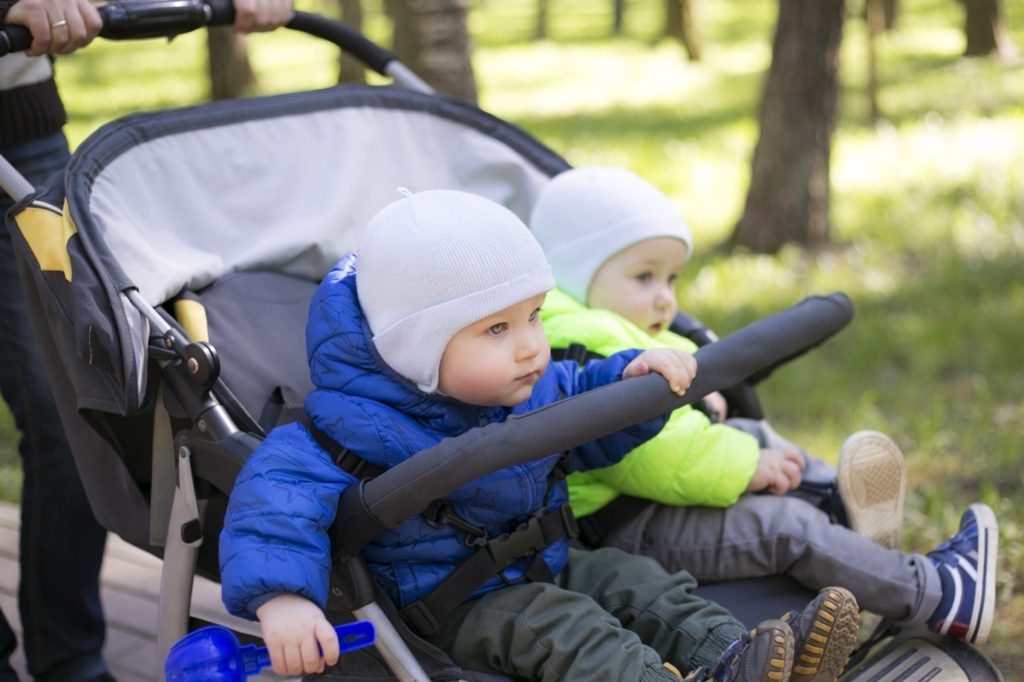
Safety considerations
- Practical brakes
Checking the pushchair has brakes that are easy to operate is vital. Some have brakes that lock two wheels — a unique safety feature. Remember – make sure your tot can’t reach the brake release lever! - A wide base
This makes it more stable and less likely to tip over, even if you have an excitable tot who likes to bob about. - A single footrest
If you’re wanting a side-by-side, double pushchair, pick one with a single footrest, extending across both seats. This way your munchkin’s little toes are safe from getting stuck between individual footrests. - Weather shield
It’s no secret British weather can be unpredictable, and a baby caught in the rain is no fun. A pushchair with a rain cover will work wonders, keeping your tot dry and happy. - Safety wrist strap
Whether you’re jogging, walking or trying to manage multiple children, a strap ensures the pushchair won’t roll away. So, go ahead and sip your coffee, whilst still keeping your tot close and safe. - Ankle weights
Say goodbye to the worry of your pushchair tipping over! Avoid this by wrapping its legs with ankle weights. They’re an affordable way to prevent pushchair-related accidents, by giving you and your tot the balance and security needed. - Reflective tapes
With winter comes shorter days and less daylight. Purchase reflective tapes to stick around your pushchair, so you and your little one are visible at all times. - Clothing
You may be surprised to know what you dress your baby in plays a part in pushchair safety. Straps rub, and your little one’s skin is soft and gentle at their tender age. So, choose clothes which will avoid this.
Travel systems
For mums on the go, it may be wise to consider a travel system. They normally include a carrycot, pushchair, and car seat, purchased together as a bundle. Often, accessories like rain covers come in these packages too. This way you’ll get value for money, without forfeiting functionality. Many don’t realise how important it is, for pushchairs to be compatible with your car. Pushchairs should be stored in the boot. If you have no choice but to put it inside the car, make sure it’s strapped in securely. But what if you have a small car, and ultimately a small boot, how will the pushchair fit? We recommend measuring the size of your boot, to compare with the carrier dimensions.
If you’re always looking for ways, to take the hassle out of travelling with a baby – car seat adapters are ideal. They connect your pushchair to your child’s car seat. Our top tip is to always check with your manufacturer whether they’re compatible. There are universal adapters to fit any car seat. However, the position of the adapters will vary on some pushchairs. If this positioning is off, it means your tot won’t be sat in their seat properly. This should be avoided, as it can become dangerous. Especially when it exceeds 90 minutes.
Kiddies Kingdom top tips
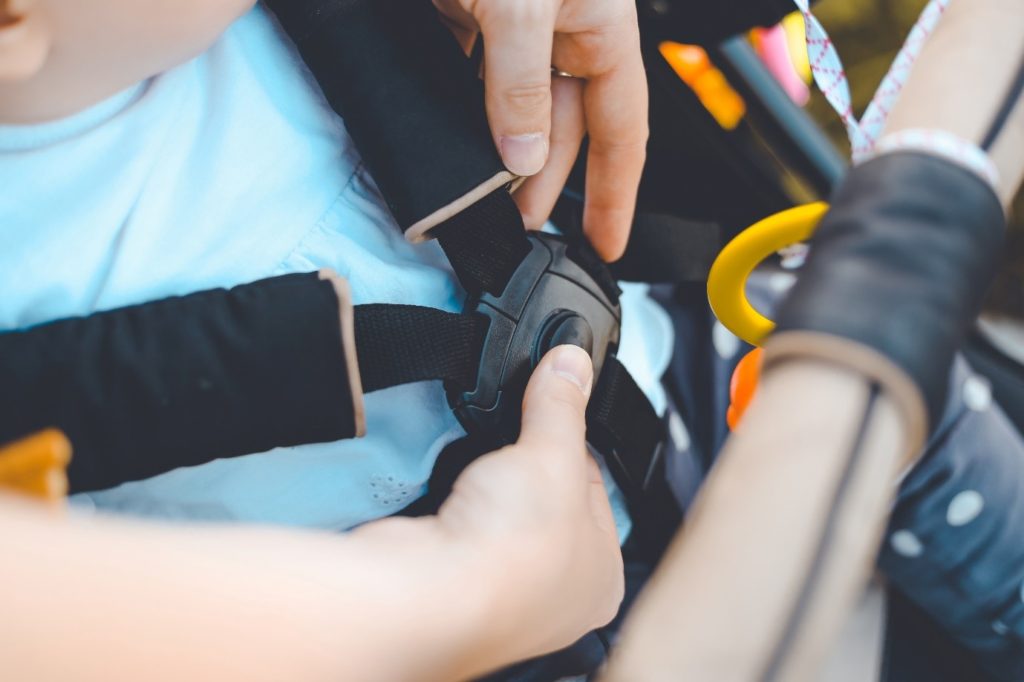
Our dos and don’ts to using a pushchair safely include:
- Do check your pushchair for safety hazards every few months, and make sure the brakes are still performing well.
- Don’t leave the pushchair unattended.
- Do put the brakes on when you stop, even if it’s momentarily.
- Don’t dangle heavy bags on the handles, to avoid pushchair tip-overs.
- Do keep the pushchair inside your home. If it’s left outside, the fabric can overheat, making it too hot for your tot be perched in.
- Do clothe your baby appropriately, to shield their delicate skin from rubbing on straps.
With the right pushchair and right amount of parental attention, there’s no need to stress about the safety of your munchkin, when out and about. Pushchairs are a suitable and comfortable form of transportation. They’re constantly being upgraded in terms of safety features and ease-of-use. Above all, the most important thing is putting your baby in a carrier suitable for their age.

